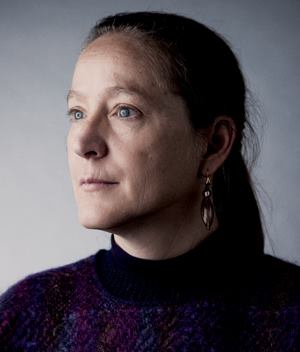“In landscape lighting, although we do have to think about safety and getting people from point A to point B, what we are predominantly doing is giving people back a view into the night.”
Jan Lennox Moyer has been busy. For nearly 30 years she has combined her passions for lighting and for landscape into a singular endeavor, and in the process emerged not only as one of the few lighting designers specializing in landscape lighting, but also as the practitioner who has come to define this specialty.
She wrote what remains the definitive book on the subject—The Landscape Lighting Book (Wiley, 1992), sharing her experience and wealth of compiled information, particularly on the topics of materials, finish, and corrosion. (A third edition is now in the works to address the integration of LED sources.)
The Landscape Lighting Institute—which she started in 1997, and is taught on the grounds of her own home and garden—is one of the rare landscape lighting workshops. And last year, she formed the Landscape Lighting Resource (LLR), a nonprofit educational foundation to preserve and promote the history and practice of landscape lighting design.
What’s the distinction between outdoor, exterior, and landscape lighting?
“Outdoor lighting” is kind of a global name for everything that happens outside, so it includes parking lots and roadways and theme courts. Exterior lighting primarily applies to something that is attached to the outside of a building. Landscape lighting is gardens and all that they encompass, which would be plants, architectural and water features, sculptures, and paths.
Do you have a lighting philosophy?
I believe in the natural appearance of trees, but how can you do that? Trees are only naturally lit from above. So what I mean is, I want to show a tree’s structure and its characteristics to the best extent that they can be shown.
How does landscape lighting differ from interior lighting?
Everything’s always changing. The garden is always growing and changing its appearance from one season to another.
How do you start your design process?
By walking with an owner and discussing what their property means to them, how they use it, and what light means to them.
How do you “see” your home and garden?
I think of it as the world’s laboratory. That’s why I wanted to start the foundation [LLR], as a way to preserve this property and have it be the perfect place for people to try anything in terms of landscape lighting. I believe in sharing everything. Everybody should know as much as they can—that makes lighting better.
